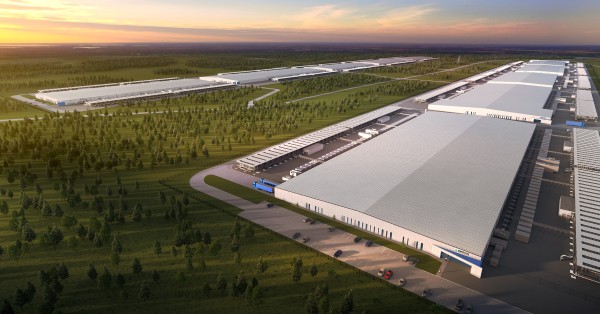- Tech News & Insight
- August 21, 2025
- Hema Kadia
Vantage will invest more than $25 billion to build Frontier, a 1,200-acre, 10-building campus totaling roughly 3.7 million square feet near Abilene, about 120 miles west of Dallas Fort Worth. The site is designed for ultra-high-density racks of 250kW and above, paired with liquid cooling for next-generation GPU systems. Construction


















